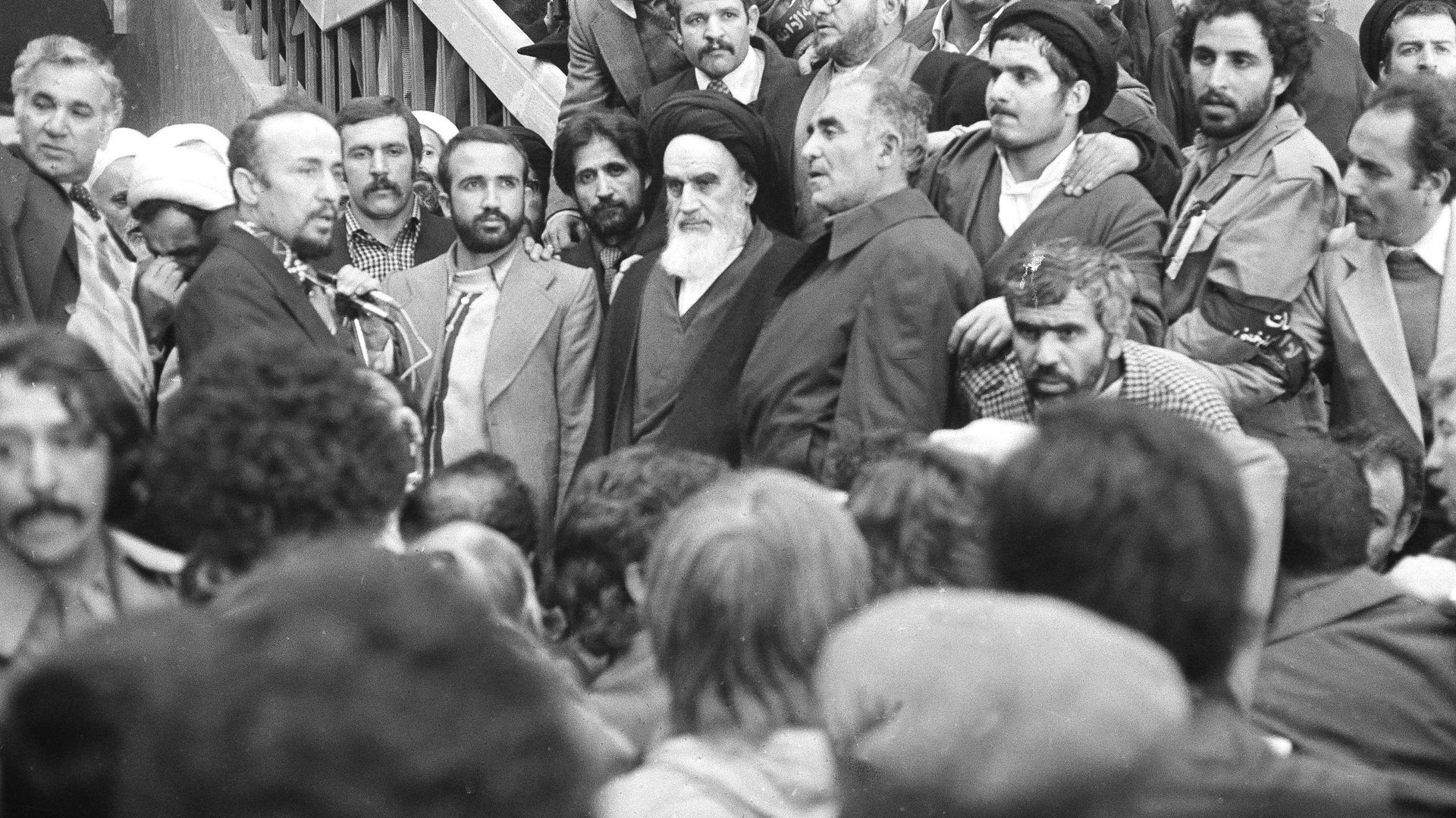Iranian and American citizens were the real power behind today’s historic nuclear deal
The accord reached this morning between world powers and Iran had to happen.


The accord reached this morning between world powers and Iran had to happen.
Yet at first almost no one expressed confidence—at least publicly—that the US and Tehran could even speak civilly face to face for the first time since the 1979 revolt that ousted the US-backed Iranian Shah.
For the Iranians, there was the memory of the unacceptable decades of first British, then American, insistence on installing their own, favored rulers in Tehran. And for the Americans, there were unforgettably engraved images such as the one above; the arrival of the stern, anti-US Ayatollah Ruhollah Khomeini in Tehran after years of exile, and those of 53 men and women taken hostage at the US Embassy.
But what few seemed to notice was that the same passions that made Iran and the US each others’ harshest enemies have all but forced them to seek common language three and a half decades later.
As happens again and again in history, ordinary people in both countries seemed to evolve ahead of their leaders, and made it clear it was time for a change. In a way, the leadership of both countries and their negotiators simply put their people’s will into motion.
As we wrote in January, Iran supreme leader Ali Khamenei is a true believer whose judgment is driven by ideology, yet is tempered by a politician’s pragmatic wish to stay in power. He’s keenly cognizant of the 2009 and 2013 presidential elections in which the Iranian public made plain its unhappiness with the status quo and desire for reform.
In the latter election, the runaway presidential winner, Hassan Rouhani, ran on an explicit promise to seek a thaw with the West. This groundswell meant that continuing spite-your-nose politics would no longer fly. In order to avert the risk of a new uprising, Khamenei needed a deal with the West, and the injection of financial verve into the Iranian economy. And that’s what he sought.
As the year of negotiation showed, Khamenei’s old habits surfaced fiercely, but public opinion—and low oil prices—were a bracing slap that ultimately kept Iran’s course more or less straight to the deal we see today.
In the US, too, president Barack Obama won election in 2008 after vowing to try to start a conversation with Iran and resolve the US’s thorniest foreign policy problem: Tehran’s presumed push to develop nuclear weapons.
In our 2014 geopolitical forecasts, we thought that xenophobia, nationalism, and jingoism in both countries would disrupt the talks; and hardliners have persistently cast doubt on the possibility of any reliable and consequential agreement. But a majority of the American public supported Obama’s intention to try to cut a deal. So he kept pushing for one.
The accord is still preliminary; it must be approved in the capitals of all seven signatories, especially Washington and Tehran. We presume it will be approved. Over the next couple of decades will come the realization of whether the promises embedded in the deal were made in good faith. We will also learn whether the deal has created a more general thaw, or was a one-off. In other words, we have some time to learn how this plays out.
Whatever the case, the negotiators are certain to take their bows today. But the genuine power behind the historic deal was not negotiators, but the citizens of Iran and the US.